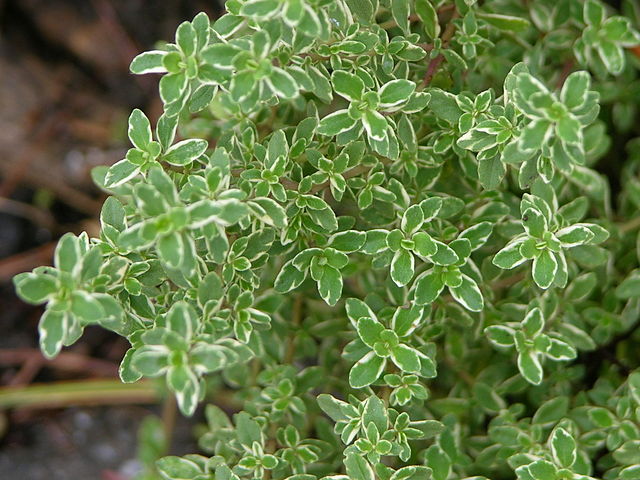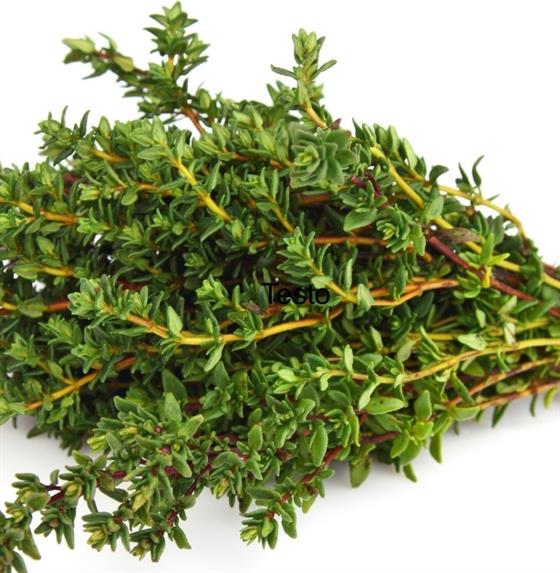
Here are the differences and how their flavor profiles vary.įresh sage: As with the majority of herbs, fresh sage leaves will yield the strongest flavor, but they’re not always easy to find. You can find common sage in four forms: fresh, ground, dried, or rubbed. The type of sage you’re most likely to use in recipes is called garden sage or simply “common sage.” Four Ways to Find Common Sage: What You Need to Know ( 1) It’s believed to help with digestive issues such as flatulence and bloating, which is coincidental, as chefs consider sage the perfect addition to rich, fatty meals.Ĭan you believe there are over 700 different species of sage? Out of those 700, only a few are edible.

Sage is believed to have numerous health benefits and was used in Greek, Egyptian, and Greek medicine. This means it’s easy to cook with because it always retains its flavor, regardless of when it’s added during the cooking process (other herbs are more delicate and need to be added at the end). Sage has even been coined “ the ultimate fall herb” for making pumpkin and winter squash recipes dance on your taste buds.Īlthough sage is soft on the outside, it’s tough enough to withstand high temperatures. In North America, sage is famously used for holiday cooking- a key ingredient in stuffing, turkey, and savory vegetable dishes, like these addictive Sage Mushrooms or Hasselback Potatoes. One of the most decadent ways to enjoy sage is fried, as a crispy garnish for rich, creamy butternut squash ravioli. Sage deepens the flavors of pasta sauces, sautéed cannellini beans, pork, and sausages. It offers hints of citrus, eucalyptus, and pine and is a key aromatic in Mediterranean and Italian dishes.

With a bitter, earthy, and sweet flavor profile, sage is more overpowering than most of its relatives. It’s a member of the mint family, closely related to thyme, marjoram, rosemary, oregano, lemon balm, and basil. (No, I will never pass up a food pun…) All About Sage: What It Is, How It’s Used, Flavor Profile, and Other Factsįresh sage resembles somewhat of a bushy plant with soft, pointy leaves. Luckily, a few common herbs can rise to the occasion as excellent sage substitutes.īefore we dive into the sage substitute list, let’s take a quick look at it’s flavor profile and some other sage advice for replacing it in your recipes. Are you whipping up a batch of brown butter fettuccine or a pot of creamy, puréed pumpkin soup? The last thing you want to see when heading over to your spice rack is that you’re out of sage.


 0 kommentar(er)
0 kommentar(er)
